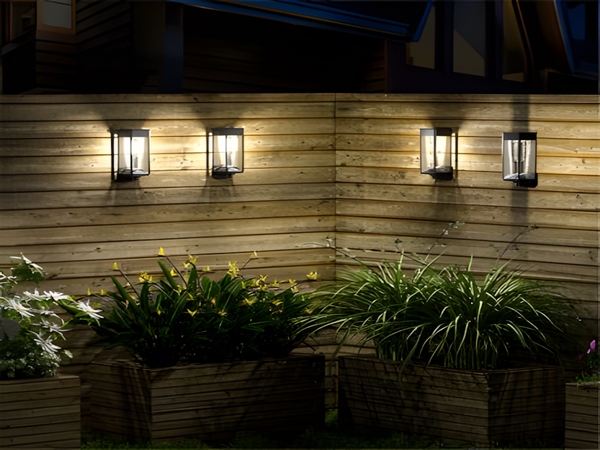

The solar street lights we see in our daily lives rely on solar panels to capture sunlight, converting that energy into electricity stored in battery packs. When lighting is needed, the batteries continuously release electrical energy. However, in northern regions of our country, the winter winds can be harsh, and sunlight is limited. What should we pay attention to when using solar street lights in winter? Here, the Century Sunshine Lighting editor will share some insights.
1. The amount of light energy received by solar panels in a given time period is fixed. Under the same conditions, the efficiency of photoelectric conversion of solar panels varies. During winter, when light conditions are not as favorable as in summer, it is essential to maximize sunlight exposure to fully charge the batteries. This necessitates higher efficiency in the solar panel’s photoelectric conversion.
2. If solar panels are not cleaned for a long period, dust accumulation can reduce electricity generation. In some areas, frequent snowfall can cover the solar panels, leading to insufficient power generation.
3. Batteries installed too shallowly in winter can freeze due to cold temperatures, leading to insufficient discharge. In cold regions, batteries should be buried at least 1 meter deep, with a 20-centimeter layer of sand at the bottom to facilitate drainage. This helps prolong the battery’s lifespan.
4. Preventing ice formation: When selecting solar panels, choose products with good manufacturing quality, minimal seams, and fewer solder points. The solar panels should have a simple and smooth design, and possess waterproof features, which can prevent ice accumulation. In cold regions where rain and snow are common, it is crucial to implement measures to stop ice from forming on solar street lights, as ice can hinder the solar panels’ ability to collect solar energy, preventing the lights from functioning properly.
5. Winter sunlight is less abundant compared to other seasons, resulting in lower electricity generation by the solar panels. Additionally, batteries discharge at only 70% of their summer capacity during winter, often providing enough power for only two to three hours of light each day. Therefore, it is necessary to regularly replace the lighting systems.
6. Adjusting the angle of the solar panels is important to ensure they can collect sufficient sunlight and charge adequately, which in turn guarantees a normal duration of illumination.

7. Solar street lights have a limited lifespan, and batteries have a finite number of charge and discharge cycles. The battery capacity gradually diminishes with increased usage. It is normal for the illumination duration of solar street lights to decrease after exceeding three years of use.
The aforementioned points about using solar street lights in winter are shared here. To ensure the proper functioning of solar street lights during the winter, it is advisable to manually or mechanically clear any accumulated snow from the solar panels. Additionally, when installing solar street lights, it is essential to consider the local climatic conditions thoroughly.



